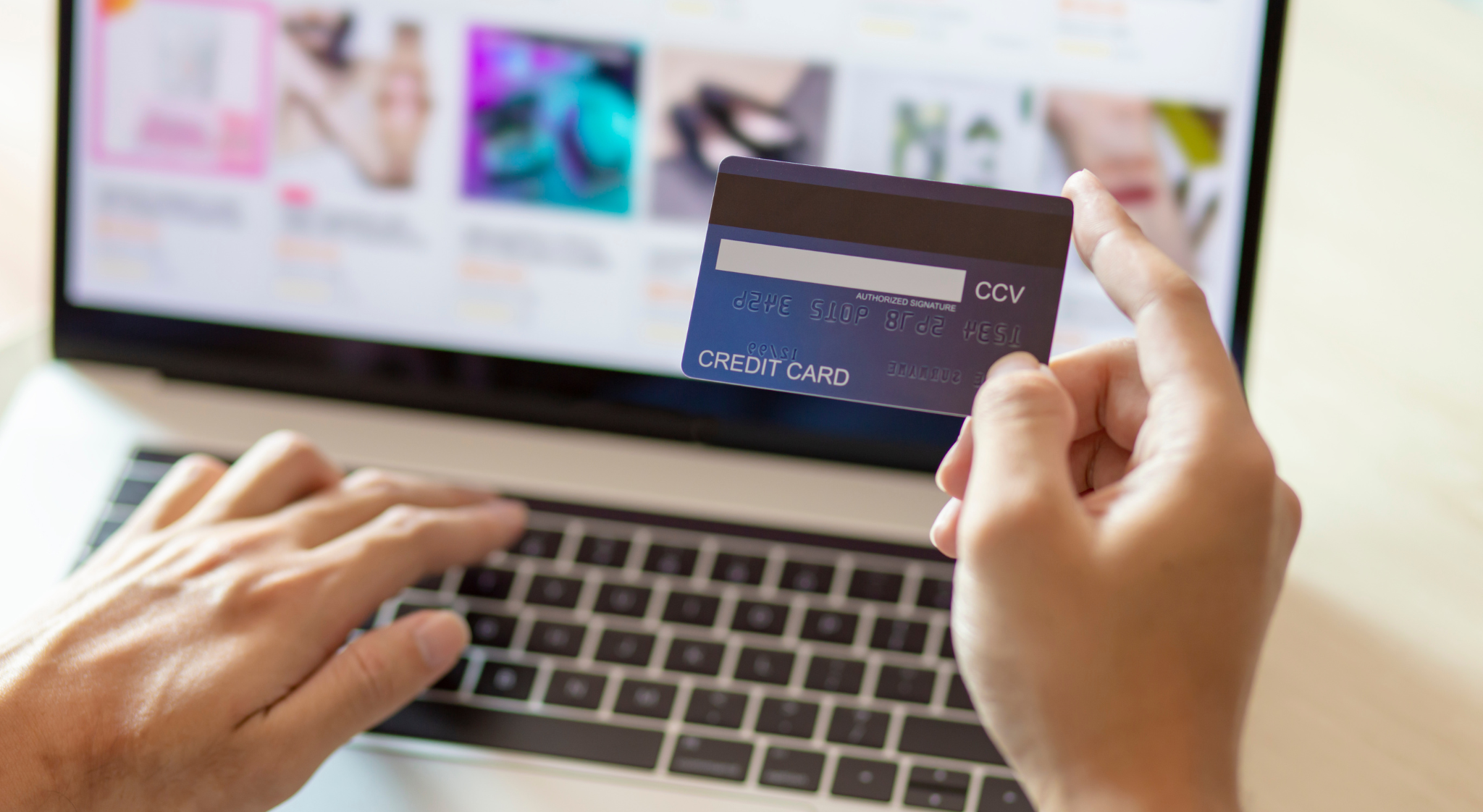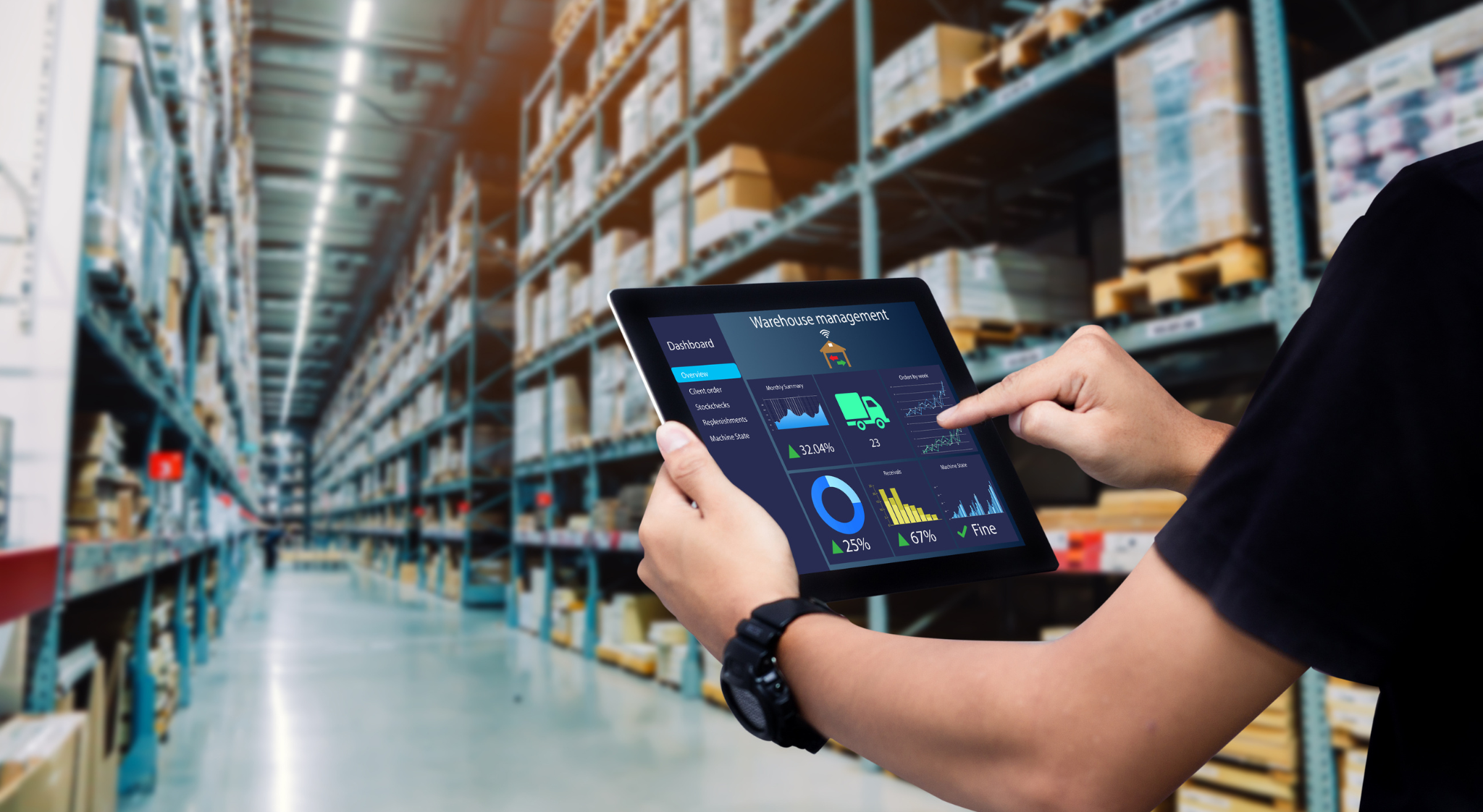Personalised pricing has been around for some time. But, over recent years, an increasing number of retail businesses have started employing it as a strategy to stand out from competitors. After all, to survive in today’s turbulent retail industry, companies must anticipate the varying needs of customers and adapt quickly to changing market conditions—such as supply chain issues, consumer behaviours, and even economic downturns.
But what exactly is ‘personalised pricing’? How can retail businesses leverage it to maximise profits? And how can AI help you implement a successful strategy? We’ve demystified everything you need to know about personalised pricing and how you can start using it to your advantage today.
What is personalised pricing?
Personalised pricing is a strategy where businesses set different prices for goods and services based on individual customer characteristics and purchase behaviour—for example, their occupation, location, and willingness to pay.
This process sometimes involves using data—such as purchase history and behavioural data—to identify high-value customers and offer them premium services to enhance their shopping experience. Or, you could identify price-sensitive customers who often buy items on sale and target them with special discounts.
In short, personalised pricing aims to identify an individual’s willingness to pay then adjusts the price upward or downward to maximise revenue and profits.
Plenty of well-resourced enterprises, from Amazon to Uber, have long used personalised pricing to boost profits. But with the rise of artificial intelligence (AI) and the emergence of dedicated software solutions, it’s becoming much more accessible for SMBs to do the same. With a robust data operation, retail companies can gain critical insights, be better informed when making business decisions, and give the competition a run for their money.
Whether you’re an online or a brick-and-mortar shop, retail businesses have the chance to build a customer-centric experience that offers special prices to different buyers. Below, we’ll explore examples of some of the most impactful personalised pricing strategies available to retail businesses.
Examples of personalised pricing for retail businesses
Personalised promotions
Personalised promotions are marketing campaigns that use consumer data—such as preferences and behaviours—to create offers bespoke to individuals. The better it aligns with a customer’s specific needs, the more effective it becomes.
The aim is to create offers focusing on the individual consumer instead of the entire target audience. For example, retailers could target customers with personalised discounts on their birthdays or the anniversary of their first purchase.
You could also offer shoppers promotions to incentivise them to make a purchase. For example, when a prospective customer adds items to their cart but fails to complete the purchase, you can offer a discount as a prompt to make the order.
Retailers also offer loyalty schemes to their members based on purchase history. For example, Urban Outfitters offers a free membership where customers can earn points whenever they purchase. These points are then redeemed for discounts on future purchases, strengthening customer retention and satisfaction.
Premium services
Retailers can also offer premium services, such as memberships and luxury services, that provide customers with exclusive perks and premium products.
This personalised pricing strategy is tiered. For example, Spotify and Amazon consumers will pay a slight premium on fees in exchange for exclusive perks and discounts. Spotify Premium listeners have no ads, and Amazon Prime members enjoy faster shipping.
In the world of retail, businesses can also offer the same promos. Whether it’s premium customer support, free shipping or custom-made or personalised products, retailers can create customer-centric experiences that boost profits.
Location-based prices
Retailers can use a consumer’s location data to adjust their prices. For example, retailers may charge more if a customer lives in an area with a higher average income. Retailers may also offer promos for consumers living in a specific area, for example, discounted or even free tickets to residents close to an arena.
Retailers should think carefully before adopting this type of personalised pricing. A study revealed that consumers believe it’s “less fair” when companies use location data to set a price, so it’s worth considering for customer retention.
Tracking the performance of personalised pricing strategies

As is the case when implementing any new initiative, it’s critical to monitor its performance and adapt (or double down) accordingly. Tracking the following metrics can help you gauge the effectiveness of a new personalised pricing strategy:
Conversion Rate
This refers to the percentage of customers who purchase after seeing a personalised pricing offer. A higher conversion rate indicates a more effective personalised pricing strategy.
Average Order Value (AOV)
This is the average amount spent each time a customer places an order. An increase in AOV can indicate that personalised pricing encourages customers to spend more.
Profit Margin
This is the difference between the revenue generated from sales and the cost of those sales. An increase in profit margin can indicate that personalised pricing maximises profitability effectively.
Challenges of personalised pricing strategies
For some businesses, the time and money spent collecting data on consumer characteristics and behaviours outweigh the extra revenue and profit it gains.
It is a tough strategy to implement. After all, you’ve got to connect data from different departments, in different formats, from different systems—and it’s not easy. Departmental data siloes often leave companies without a Single Source of Truth (SSOT), making it impossible for them to form a reliable picture of what is happening in the business.
However, the recent rise of AI-powered decision intelligence platforms has opened up new opportunities. Now, retailers can collect and process more consumer data faster than ever without having to fork out or do the heavy lifting. They can also rest assured that all their teams are using the same data and that they’re making decisions based on trustworthy information.
How decision intelligence will help you implement a successful personalised pricing strategy
And that’s exactly why we built Kleene. To fast track you to better decision making, wherever you are on your data journey.

Kleene’s decision intelligence platform delivers a wealth of insights designed to drive growth across your business. It’s the only end-to-end platform that organises all of your data—from raw data to a single source of truth and AI-powered decision intelligence—no matter your company size.
Our insights will drive growth across your whole business by optimising everything from supply chain and marketing to pricing. You’ll have tailored intelligence at your fingertips, enabling you to capitalise on every opportunity and empowering your business’s decision-makers to make better decisions with ease.
Talk to a data expert today to learn more about how Kleene.ai can help your retail business.
5 more data-driven retail strategies that will supercharge your business
At Kleene, we understand that every piece of data tells a story. That’s why we’ve created an eBook that provides even more actionable strategies you can implement in your retail business to leverage the power of data for better business outcomes.
Download your free copy to discover how to utilise data to implement five more key retail initiatives to drive growth and reduce costs today.




